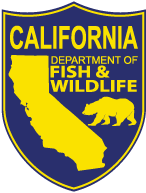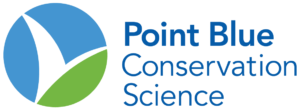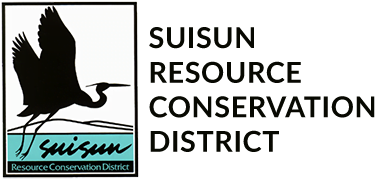 Central Valley wetlands © Lighthawk
Central Valley wetlands © LighthawkWetland Programs
BirdReturns- Summer Wetlands 2025
The objective of the BirdReturns Summer Wetland Program is to incentivize private wetland managers to provide nesting and brood-rearing habitat for shorebirds and waterfowl. By flooding-up suitable wetland units in spring and maintaining habitat through the summer, wetland managers can create this much needed habitat for nesting birds. Wetland managers are asked to meet specific conditions in their units to provide high-quality habitat for shorebirds and waterfowl, specifically, wetland units that can maintain deep flooding and have the ability to conduct a gradual drawdown.
Applicants may apply for both the Spring and Summer Wetland Programs as long as each application is for a separate wetland unit that can be independently managed to meet program requirements
Program Requirements
APPLICATION PERIOD (CLOSED)
January 1st, 2025 – January 22nd, 2025 (11:59 pm)
All bids are final once the application period is closed
ELIGIBLE APPLICANTS
- Wetland properties in the Suisun marsh, Legal Delta, Sacramento Valley, Tulare, and San Joaquin Valley
- Summer wetland units >15 acres throughout the Central Valley; Minimum of 5 acres in Tulare
- Wetland owners with access to ground and/or surface water
- Wetlands that can maintain established low salinity targets (Suisun Marsh only)
- Must notify local mosquito vector control districts if selected to participate
What qualifies as a wetland?
A given area of land managed for wetland functions and where water is intentionally and actively applied annually through a managed process (USFWS 2000). These diked wetland areas are often managed by manipulating water levels specifically to benefit waterfowl and/or shorebirds. Wetlands must have one or more of the following three attributes: 1) At least periodically, the land supports predominantly hydrophytes (plants growing in water or waterlogged soil); 2) the substrate is predominantly undrained hydric soil; and 3) the substrate is saturated with water or covered by shallow water at some time during the growing season of each year. (Central Valley Joint Venture)
If you have farmed or fallowed crop fields- please check out our Farmlands Program and our Sandhill Cranes Program.
Ineligible Applicants
- Wetlands enrolled in any annual incentive program (i.e., NRCS EQIP) that provides payment to conduct flooding during the same time window
- Within 5 miles of major airports, including Beale AFB, Sacramento International, Travis AFB, Fresno-Yosemite International and Lemoore Naval Air Station (check map here)
- Wetlands less than 15 acres in the Central Valley and less than 5 acres in Tulare.
- Wetlands with high salinity and/or an inability to receive fresh water (Suisun only)
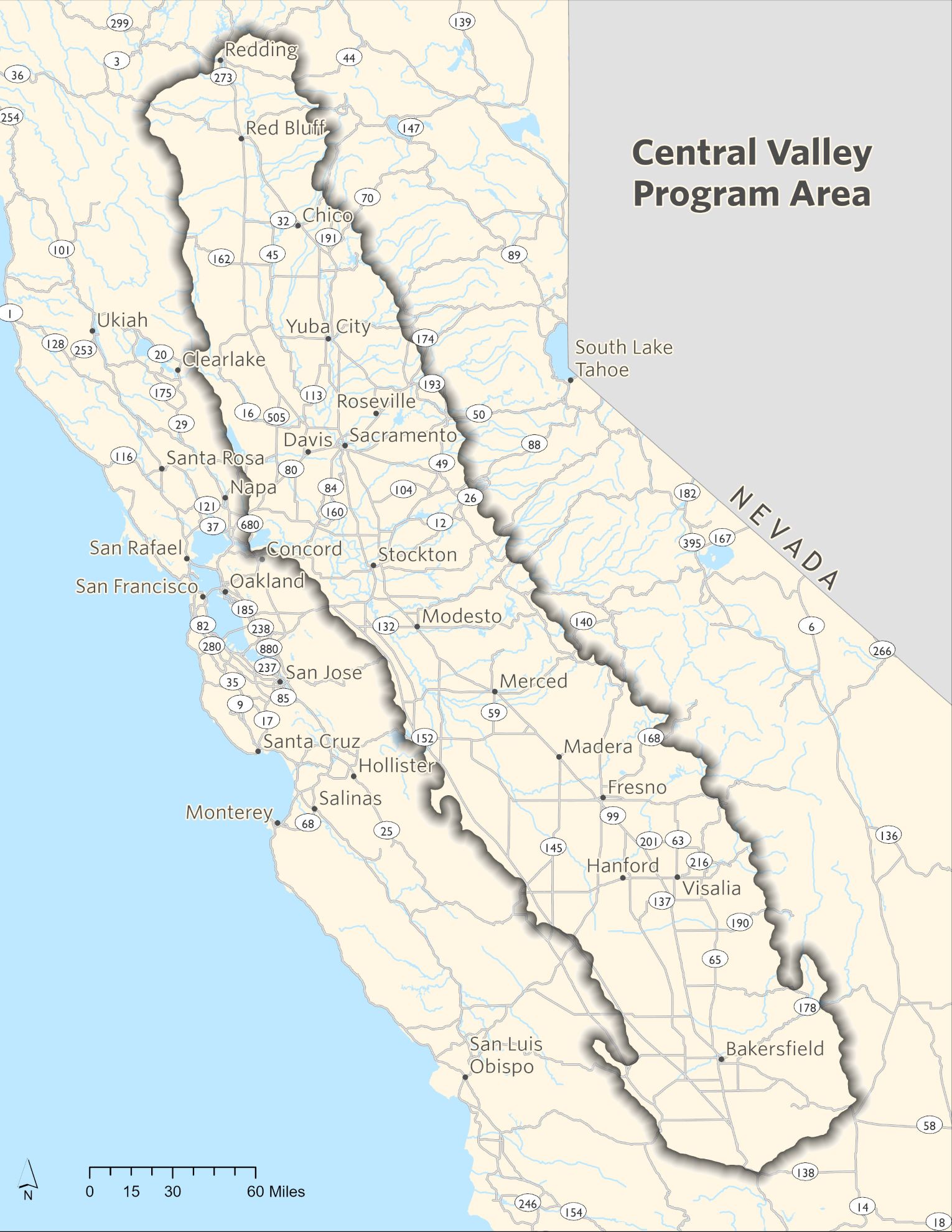
Practice Specifications
There are 3 summer management options to choose from: Early Drawdown, Standard Drawdown, and Delayed Drawdown.
- For all management options:
- Fully Flooded = minimum depth of 18 inches at the outflow, no exposed mudflat
- Suisun properties must conduct spring leach cycle by draining wetland(s) after waterfowl season and reflooding by April 1st to target depth
- Must allow access to wetland units for compliance and biological monitoring
FLOODING MANAGEMENT OPTIONS:
Semi-Permanent Wetland
| Early Drawdown | Wetland units must be fully flooded from April 1- July 8th. Starting July 8th, drawdown water for a minimum of 1 week until reaching ~50% mudflats (50% flooded) on or about July 15th. Landowners may remove all water on July 22nd. |
| Standard Drawdown | Wetland units must be fully flooded April 1- July 15th. Starting July 15th, drawdown water until reaching ~50% mudflats (50% flooded) on August 1st. This option will receive priority selection for Semi-Permanent Wetland options! |
Permanent Wetland
| Delayed Drawdown | Wetland units must remain fully flooded April 1 – October 1st. |
Payment Rates
BUDGET: $700,000
CENTRAL VALLEY HABITAT GOAL: 40,000 acres
PAYMENT RATES (Per Acre):
| REGION | EARLY DRAWDOWN Semi-Permanent Wetland | STANDARD DRAWDOWN Semi-Permanent Wetland | DELAYED DRAWDOWN Permanent Wetland |
|---|---|---|---|
| Sacramento Valley and San Joaquin Valley (Excluding Grasslands Water District) | $246 | $260 | $260 |
| Grasslands Water District, Suisun, and Delta | $81 | $83 | $83 |
| Tulare | $925 | $988 | $988 |
Application Ranking and Scoring Process
All bids will be ranked and scored by representatives from the Migratory Bird Conservation Partnership and the California Department of Fish and Wildlife. This committee will assess bids according to standardized methods, using the best available science and tools that predict the habitat value of each application according to its location in the landscape, history of bird use in the surrounding area, and timing.
Ranking Strategy:
Primary ranking will be conducted at the regional level with twenty percent of the budget allocated per region. Each region will be ranked and funded independently, to ensure each region has an opportunity to contribute toward a portion of the Central Valley-wide habitat objective. Once primary selections are complete, a secondary ranking will then be conducted. The secondary ranking will pool all remaining eligible applications and fund them in order of priority until residual funding is exhausted.
Why the Summer Wetland Program Matters
Nurturing Brood Habitat: Vital for Waterbirds in the Central Valley
Brood habitat stands as a cornerstone for thriving waterfowl populations in California’s Central Valley. From providing essential nesting sites to offering sanctuary during molting and safeguarding vulnerable ducklings, these habitats are lifelines for our feathered friends. With lush vegetation, abundant food sources, and protective cover, brood habitats ensure successful reproduction and foster the growth of resilient waterfowl populations. Preserving and enriching these vital habitats is essential to sustaining the rich diversity of wildlife in our wetlands and safeguarding the ecological balance of our cherished landscapes.
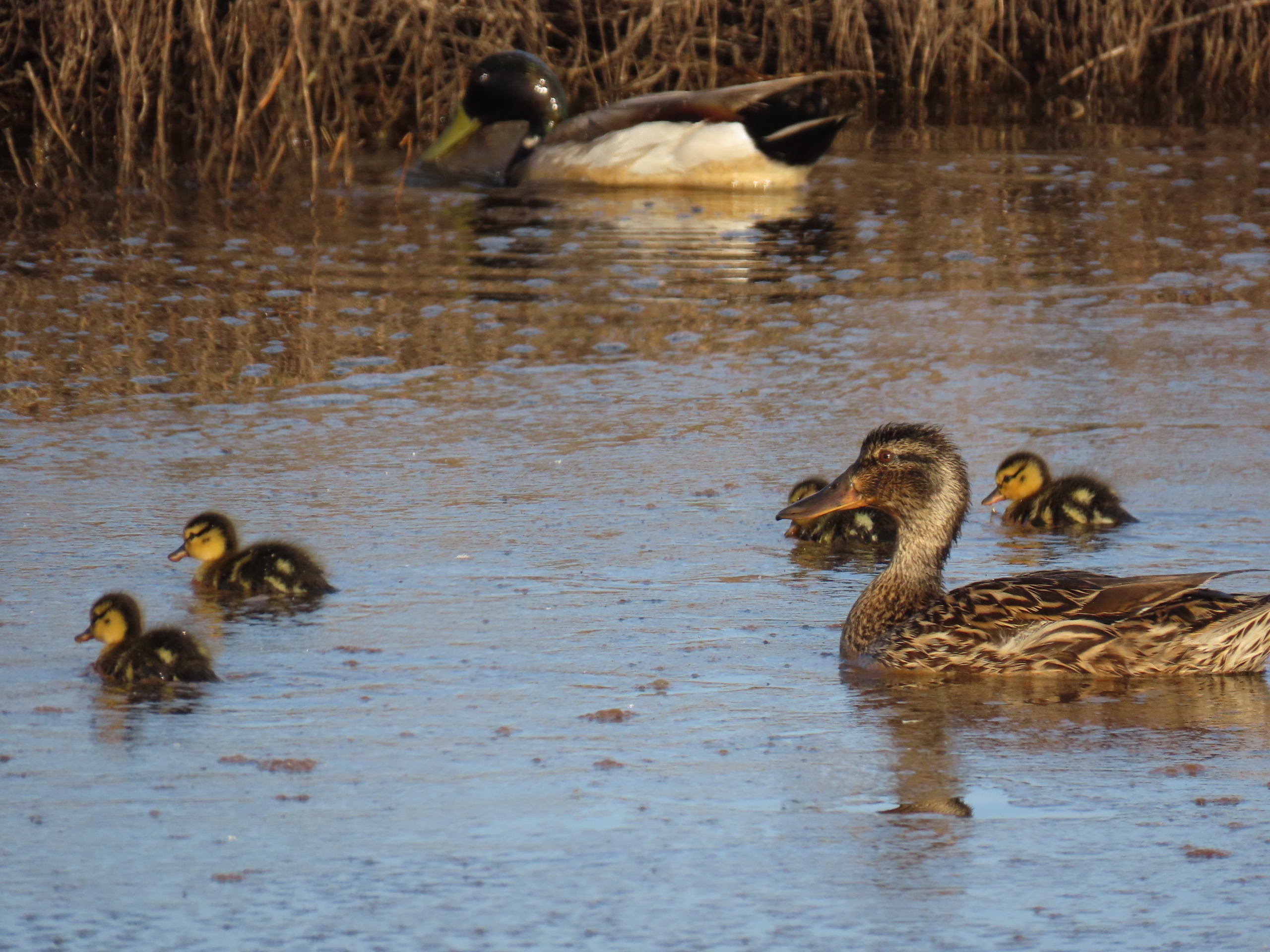 © Robert Walsh
© Robert WalshA LIFELINE FOR SHOREBIRDS
Shorebirds face alarming declines, and the absence of resting spots during migration could exacerbate their dwindling populations. In a time of managed water, most wetlands remain dry during fall migration unless wetland managers choose to create the flooded habitat these birds depend on. The management of private wetlands is critical in ensuring shorebird survival as they can provide habitat when birds need it most. Sustaining a diverse array of strategically flooded wetlands not only supports shorebirds but also benefits other wildlife and contributes to the regional economy.
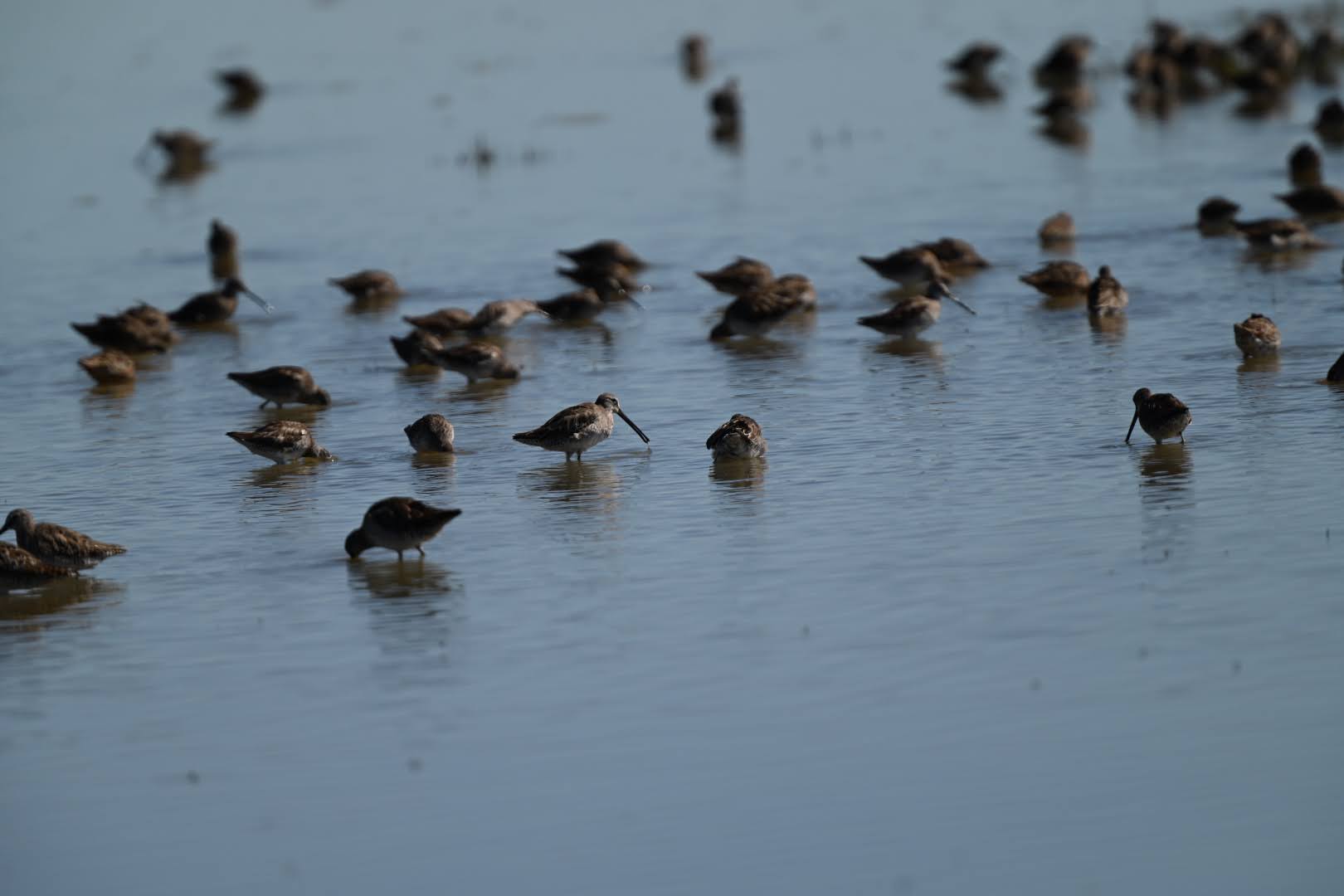
Flooded Habitat vs. Traditionally Managed Wetlands
 © Greg Golet
© Greg Golet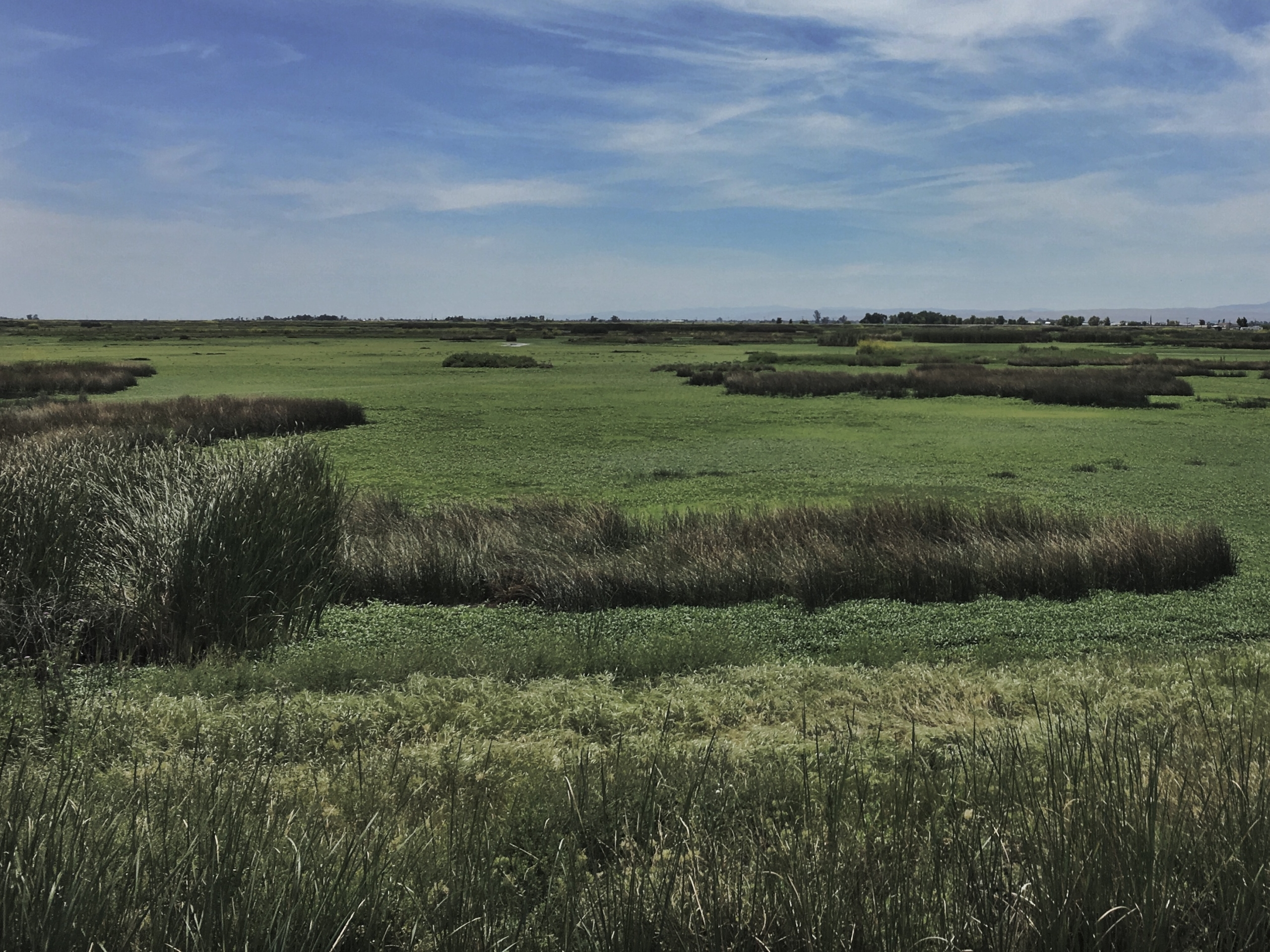 © Greg Golet
© Greg GoletThe BirdReturns Program is managed by the Migratory Bird Conservation Partnership (The Nature Conservancy, Audubon California, and Point Blue Conservation Science), in partnership with Suisun Resource Conservation District. This program is possible thanks to the generous funding by the California Department of Fish and Wildlife.




